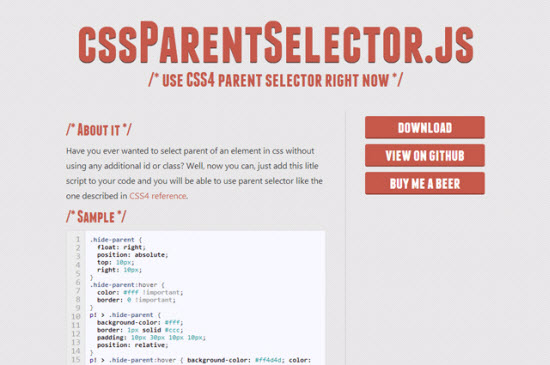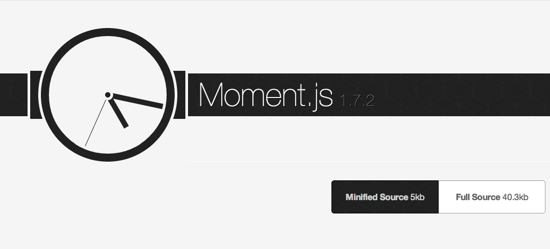
Vue.js is one of the most liked JavaScript frameworks for creating interactive and dynamic user interfaces in today’s busy web development space. Vue.js’ reactivity of components as well as its smooth data binding put it on a pedestal when it comes to admin dashboard designing.
This article discusses some of the leading Vue administrator dashboards that can save you time and effort in making your web apps.
1. Berry
Berry by CodedThemes, it is an attractive and considerably flexible Vue Template that stresses ease of use and attractiveness. It is developed with the latest Vue.js and comes with a variety of well-designed components and layouts. The design language in Berry prioritizes simplicity and ease of use, which makes it perfect for dashboards that have to efficiently communicate information.
Various style options are included in the template so you can easily tailor it to your specific needs.
2. Mantis
Mantis is a multi-purpose Vue administration template that comes with modern aesthetics and vast functionalities. It has various customizable parts, additives and modules making it good for constructing intricate administrative interfaces.
This template is focused on simplicity in design and ease of navigation, which promotes efficiency for users. Mantis is also compatible with dark mode, thus enhancing its appeal and usage under different lighting conditions.
3. Able Pro
Able Pro is an advanced Vue admin template known for its vast collection of features and flexibility. It comes with various UI components, charts, forms, and tables that are specifically designed to aid in the development of admin panels.
Modular architecture enables easy adaptation and extension while responsive design ensures compatibility on multiple devices. Moreover, it can be seamlessly integrated with third-party plugins.
4. Vue Material Dashboard PRO
Vue Material Dashboard PRO is a paid-for Vue administrator model that combines Google’s material design guidelines with the efficiency of Vue.js. It has a range of components such as graphs, tables, or forms which have been styled to look similar.
The template has a neat and futuristic interface, making it best suited for web applications at a professional level. Developers have an all-inclusive customization option hence they can adapt it to different project needs.
5. Vue Paper Dashboard Pro
Vue Paper Dashboard PRO is another stunning product by Creative Tim that features paper-related looks. This premium Vue template contains a variety of pre-built elements and widgets following one visual paradigm.
It’s suitable for applications that require a visually appealing yet practical admin interface. The template’s emphasis on simplicity and elegance keeps user interactions intuitive and efficient.
6. Diamond
Based on its neatness, Diamond is a full-fledged Vue admin template by PrimeVue which also maintains tidiness. It has multiple UI components and pre-built pages to cater for various administrative panel needs.
Performance is given priority in the template to facilitate ease of use thereby making it a nice option for programmers who need a speedy set up of complex dashboards. The modern design and user-friendly interface of Diamond thus make better user experience resulting in greater effectiveness.
7. Ultima
Ultima is noted for its contemporary look and vast library of components as one of the most potent Vue admin templates. It has numerous ready-to-use layouts and themes that provide more flexibility when it comes to different project settings.
Ultima is built for speed, with fast load times and seamless interactions being the result. This makes it a viable option for beginners as well as seasoned developers because it has extensive documentation and an active community support system.
8. Vristo
Vristo, Vue admin template for complex needs uses Tailwind CSS and Nuxt.js frameworks to streamline development. There are many components, ready-made pages, and advanced extensions that simplify the creation of administrative interfaces.
Developers will find it easy to create unique and handy dashboards using the modular design of Vristo along with its rich customization features. It is coded simply and has a responsive design that makes it suitable for various devices.
9. MaterialPro Vue JS Template
MaterialPro Vue Js Template is an ALL-IN-ONE tool designed to build easily adjustable premium quality administration dashboards. The concept of material design was used during the development process so as to ensure an appealing interface that can be quickly understood by anyone who enters it visually. Variety of elements, widgets and graphs provided in the template may be tailored according to a current project’s specs.
Meticulous attention was paid by MaterialPro towards it detail and thorough documentation making it indispensable for developers’ quality administrator panels creating purposes.
10. Sing App Vue
Sing App Vue is a modern Vue admin template that is responsive too; its focus is on simplicity and intuitiveness in usage. Many pre-made pages as well as components help you easily make your own admin dashboard here.
Sing App Vue focuses on offering a clean and easy user experience, ensuring that data is presented clearly and readily. Its adaptability and scalability make it suited for a wide range of applications, including small initiatives and large-scale business solutions.
11. Light blue view
Light Blue Vue is a visually stunning yet highly effective Vue template. It has a modern design with a light color palette for a new appearance and feel. The template includes a range of components, widgets, and pre-built pages, all of which are intended to aid rapid development.
Light Blue Vue’s responsive design provides compatibility with a variety of devices, while its modular architecture allows for simple customization and extension.
12. Spruha – Vue Administrative Template
Spruha is a versatile Vue template that includes a variety of components and pre-designed layouts to make it easier to create admin panels. It stresses clean and modern design, ensuring that interfaces are both user-friendly and visually appealing.
Spruha’s extensive documentation and active support community make it an ideal alternative for developers looking for a dependable and efficient template for their projects.
Wrapping It Up
These Vue admin templates provide a wide range of features and design styles to suit a variety of project needs. Whether you require a simple, attractive interface or a complete solution with vast capabilities, there is a template to meet your requirements. Using these templates, developers can dramatically save development time and effort while focusing on producing high-quality applications.
The post Top Vue Admin Dashboard & Templates appeared first on noupe.













